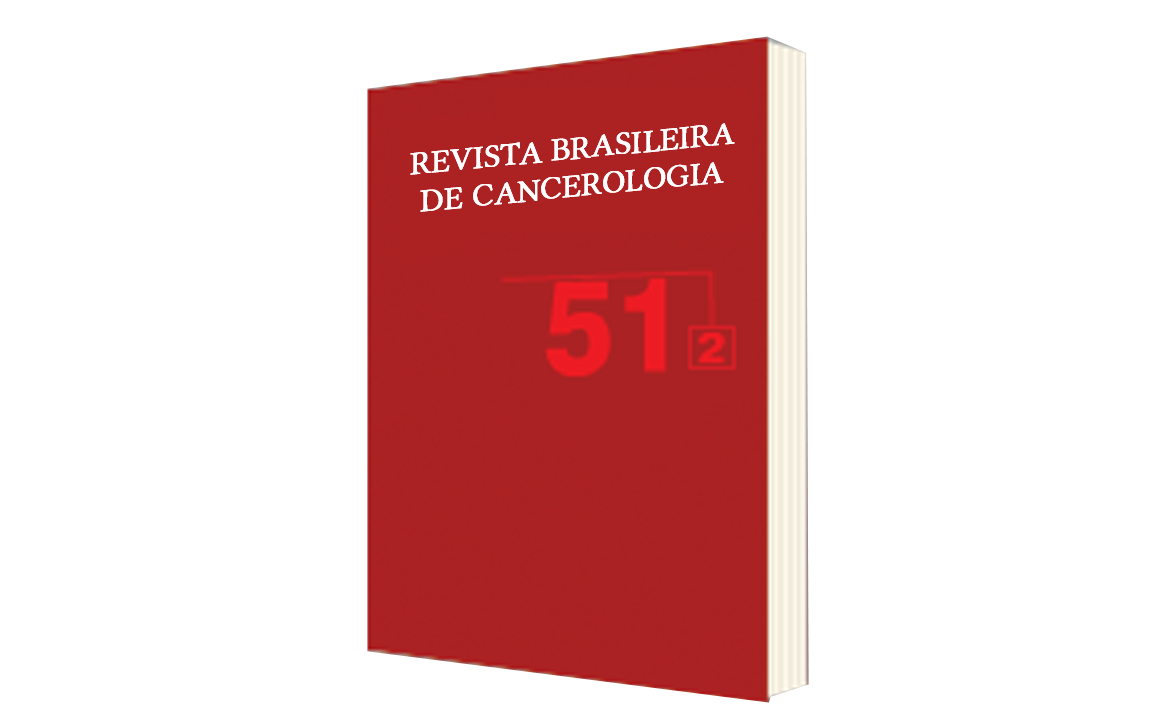The Human papillomavirus: a factor related with the formation of neoplasias
DOI:
https://doi.org/10.32635/2176-9745.RBC.2005v51n2.1975Keywords:
Human papillomavirus, Oncogenes, Tumor suppressors, NeoplasmsAbstract
Recent studies using new technologies on viral detection, allow us to consider the human papillomavirus (HPV) as the etiological agent of the cervix cancer. Besides its action on genital regions, other anatomic sites have been infected by the HPV, mainly the head and neck regions. This virus infects both the mucosal and the cutaneous tissue, and can be also classified according to its tropism as mucosotropic or cutaneotropic. However, according to its capacity of causing malignant or benign lesions, it can be divided into high and low-risk oncogenic HPV. The HPV oncogenic potencial is related to two viral proteins, E6 and E7, which are capable to interact with proteins that regulate the cell cicle and act as tumor suppressors, like p53 and pRB. This interaction provokes the degradation and inactivation of the celular proteins, leading to cellular transformation, immortalization and, later, to the formation of neoplasias.









